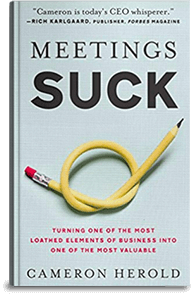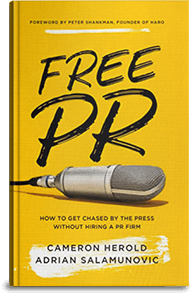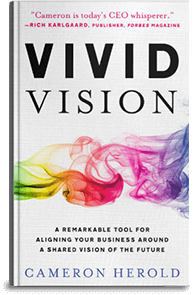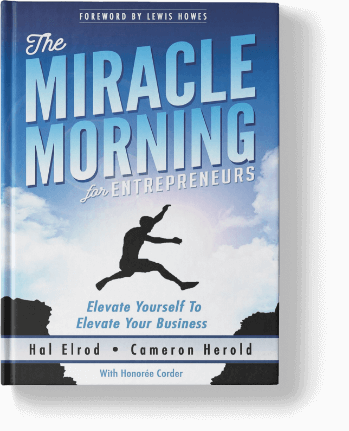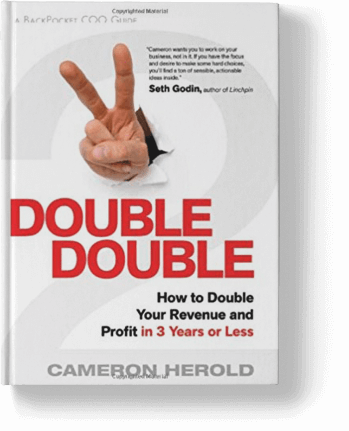 This is Marketing 101, but something we often need a reminder of:
This is Marketing 101, but something we often need a reminder of:
When I was 21, I had one of 800 franchises with the world’s largest house painting company, College Pro Painters. My territory was 90,000 people and I was enthusiastic about marketing my services to all of them! But in order to hit my target profit, I only needed to paint 150 out of the 35,000 houses in Sudbury.
I learned my first lesson in marketing: it’s less about marketing to everyone and more about marketing to those who will most likely buy from me.
I was taught to describe my clients first so I could figure out how to spot them and know where they lived. I figured out the type of clients I wanted lived on curvy streets, with brass kick plates on their doors. They had manicured lawns, and drove BMWs and Volvos and their houses needed painting.
I became so focused on marketing to this group that if prospects called from areas outside of my target market, I didn’t take the work. Some might balk at turning away a customer, but I was focused on building my name and brand in my target market, (not to mention keeping my down time costs lower). Rather than be just another painter, I was molding College Pro Painters into the painting company of choice for a very specific market, and counting on the profitability from being so hyper-focused. I have helped several different companies focus their marketing efforts like this, and it always pays off.
Your target demographics should be so crystal clear that it defines everything you do as an organization.
 When I meet people at meetings and conferences I take note of who is sharp and possibly how they could be of help to me in the future. I also make a note regarding their specific strengths on the back of their business card.
When I meet people at meetings and conferences I take note of who is sharp and possibly how they could be of help to me in the future. I also make a note regarding their specific strengths on the back of their business card.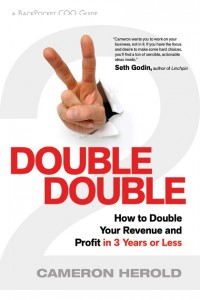
 My grandparents were cheap—they were Scottish so they can blame their heritage (copper wire was invented by a Scottish guy who was trying to stretch a penny) – and they taught me to make do and reuse far before it was trendy to do so. I learned from them at an early age how to bootstrap.
My grandparents were cheap—they were Scottish so they can blame their heritage (copper wire was invented by a Scottish guy who was trying to stretch a penny) – and they taught me to make do and reuse far before it was trendy to do so. I learned from them at an early age how to bootstrap. Pitching The Writer
Pitching The Writer